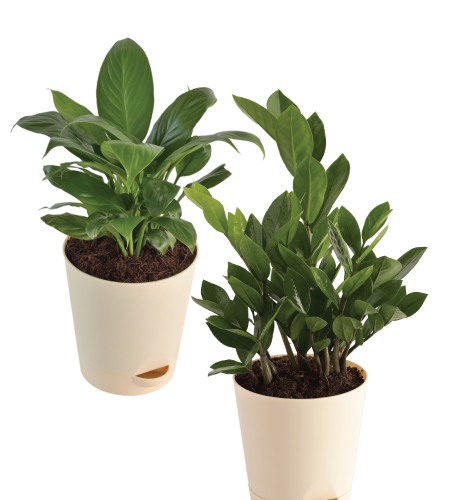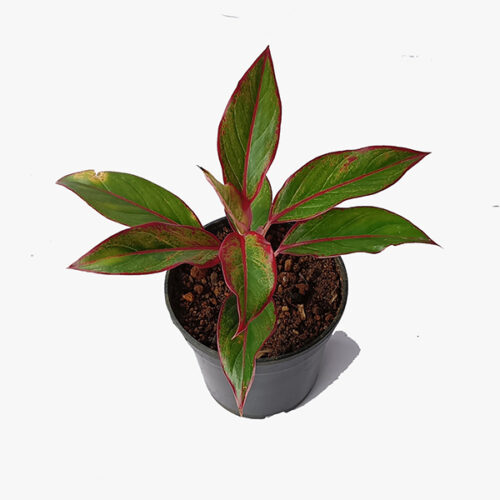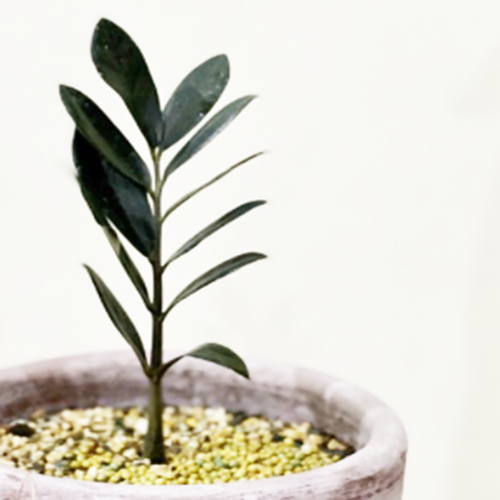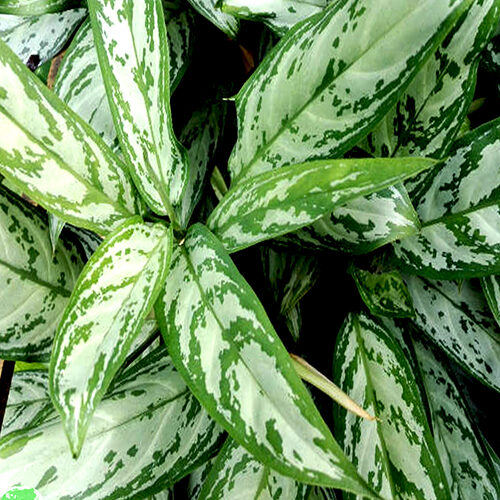Rotala sp. Spikey is relatively easy and suitable for beginners. It can grow densely in an aquarium, preventing light from reaching the lower leaves. Pruning should be done on a regular basis to make room for growing stems. The leaves turn pink when exposed to direct sunlight. The emergent leaves are light green and round, but they soon turn into pointed, narrow leaves with a pink underside. Some hobbyists claim that it can gradually adapt to conditions in a CO2-limited environment.
It’s relatively easy and suitable for beginners. It can grow densely in an aquarium, preventing light from reaching the lower leaves. Pruning should be done on a regular basis to make room for growing stems. The leaves turn pink when exposed to direct sunlight. The emergent leaves are light green and round, but they soon turn into pointed, narrow leaves with a pink underside. Some hobbyists claim that it can gradually adapt to conditions in a CO2-limited environment.
In the hobby, there is a new plant. Green Rotal rotundifolia with smaller, narrower, and pointed leaves. Will thrive in bright light, CO2 injection, and adequate nutrient dosing.
Rotala Blood Red is a Rotala Rotundifolia variation with higher requirements and a finicky nature. Rotala Blood Red, as the name suggests, has the potential to produce vivid, bold red hues when grown in the proper conditions. However, this colour appears only when the aquarium plant is happy and has optimal growing conditions. Rotala Blood Red, like other difficult to grow Rotala species, requires CO2 injection, high lighting, softer water, nutrient-dense aquarium soil, and a quality fertilising regiment.
The Giant Red Rotala is a demanding species that requires high-intensity lighting, no shade, and high Co2 injection. Individual stems must be planted far enough apart to allow enough light to reach the lower leaves. In ideal conditions, the plant grows quickly once established, up to 4″ per week. To keep the Rotala’s distinctive red colour, make sure it has plenty of phosphates (1.5 – 2.0 ppm) and not too much nitrate. (10ppm or lower.) A lack of either of these nutrients will result in stunted growth or discoloured leaves.
To make the most of the Giant Red Rotala, use it sparingly so that its bright red coloration stands out without overwhelming the rest of the aquarium scene. A few well-placed stems are preferable to an entire massive bush. The red coloration will stand out in the middle of an aquarium, in front of a row of light green plants. Red Rotala Macrandra can also be planted in “streets” in a Dutch-style aquarium. The final coloration is ultimately determined by the conditions in which this plant is kept. Because this is a living plant, the size, shape, and colour may vary. Rotala has delicate leaves! Take care when handling.
Rotala Nanjenshan is a hybrid cross of Rotala Rotundifolia and Rotala Wallichi. It has dense stems and very thin leaves, giving it a bushy appearance. Rotala Nanjenshan can be challenging to keep because it requires high-quality aquarium lighting and CO2 injection to thrive. It is also fairly delicate and should only be planted in an aquarium with smaller docile fish species, as overly active or aggressive swimmers have the potential to harm the aquatic plant. If you are successful in keeping this aquatic plant, Rotala Nanjenshan grows densely and requires regular pruning to stay in good shape.
Is CO2 required at Rotala Nanjenshan?
The hybrid Rotala Nanjenshan is a cross between Rotala Rotundifolia and Rotala Wallichi. It prefers softer acidic water and requires a lot of light and CO2. Rotala has delicate leaves!
How do you cultivate Rotala Nanjenshan?
Rotala Nanjenshan thrives in aquariums with a warm water temperature of 76 to 82 degrees and a light output of 3 to 5 watts per gallon. Full spectrum lighting in the 5700 to 7000 kelvin range promotes plant coloration and growth.
Is CO2 required for Rotala orange juice?
Rotala Rotundifolia Orange Juice provides a striking contrast to green aquatic plant species whether grown submerged or emersed. This aquatic stem plant, like all red, pink, and orange plants, thrives in conditions of high lighting, CO2, and fertilisation dosing.








